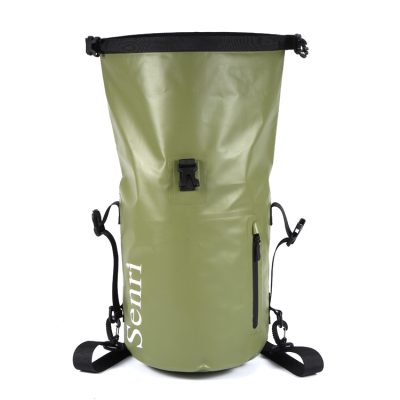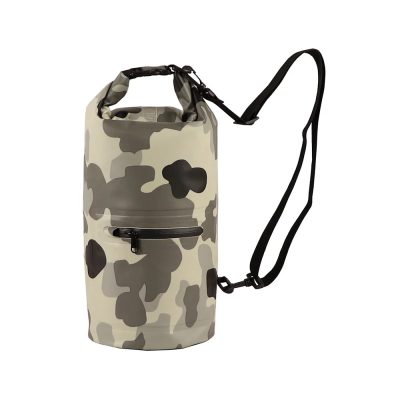Maintaining your polyethylene (PE) tarpaulin properly is essential to ensure its longevity and effectiveness in protecting your assets. Here are some maintenance tips for PE tarpaulins:
- Regular Cleaning:
- Clean your tarpaulin regularly to remove dirt, debris, and contaminants that can accumulate over time. Use a soft brush or sponge and a mild soap or detergent mixed with water.
- Avoid using abrasive materials or harsh chemicals, as they can damage the tarpaulin’s surface and waterproof coating.
- Thorough Drying:
- After cleaning or if the tarpaulin gets wet, allow it to dry completely before storing it. Moisture trapped in folds or creases can lead to mold and mildew growth.
- Inspect for Damage:
- Routinely inspect your tarpaulin for signs of wear, tear, or damage. Pay special attention to seams, edges, and corners, which are common areas of weakness.
- Repair any small tears or holes promptly using a patch kit designed for tarpaulin repair. For larger damage, consider professional repair or replacement.
- Secure Attachment:
- Ensure that the tarpaulin is securely attached and properly fastened. Use appropriate fastening methods, such as bungee cords, ropes, or straps, to prevent the tarpaulin from being blown away by strong winds.
- Protect from UV Exposure:
- Prolonged exposure to direct sunlight can weaken the tarpaulin material and reduce its lifespan. When not in use, store the tarpaulin in a cool, dry place away from UV rays or cover it with a UV-resistant tarp or cloth.
- Proper Folding and Storage:
- Fold the tarpaulin neatly to avoid creases and wrinkles that can lead to weak points or damage over time.
- Store the tarpaulin in a clean, dry area. Avoid storing it on rough or sharp surfaces that can cause abrasion or punctures.
- Rotate and Flip:
- If you have multiple tarpaulins, periodically rotate and flip them to ensure even wear and exposure to the elements. This can extend their lifespan.
- Use Grommets and Reinforcements:
- If your tarpaulin has grommets or reinforced edges, use them for secure attachment. These features are designed to distribute stress and prevent tearing.
- Avoid Chemical Exposure:
- Keep your tarpaulin away from chemicals, solvents, and petroleum-based products, as they can degrade the material and reduce its effectiveness.
- Replace When Necessary:
- While proper maintenance can extend the life of your tarpaulin, there will come a point when it’s no longer effective. When your tarpaulin shows significant wear, damage, or loss of waterproofing capabilities, consider replacing it to maintain reliable protection.
By following these maintenance tips, you can maximize the lifespan and performance of your PE tarpaulin, ensuring that it continues to serve as an effective outdoor cover and protector for your assets.


















